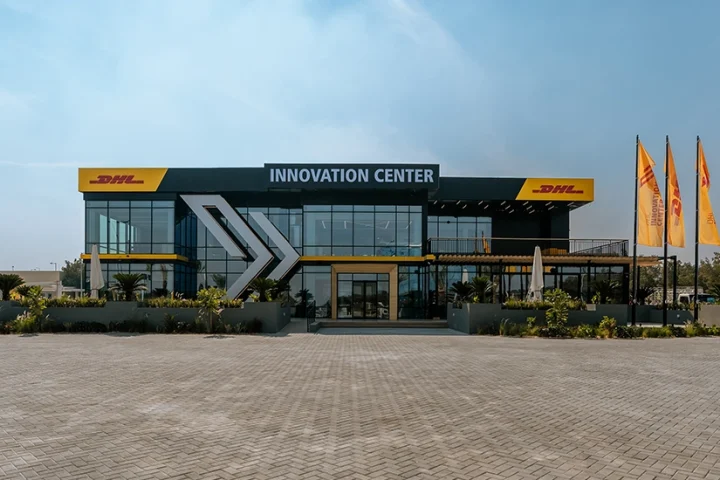IDC predicts that by 2024, more than 75% of infrastructure and applications and more than half of data centre infrastructure will be consumed as a service. Thus, striking the right balance of CapEx and OpEx to run an agile business. In today’s cloud computing era, there are numerous reasons to take an as-a-service approach in any company’s modernisation efforts.
#1 Saving capital and innovating
Since the beginning of the pandemic companies have had to reshape budgets quickly and drastically, with many having to reduce overall spend. When a company can consume IT on an as-needed basis, via an as a service model, it’s easier to track which projects are or aren’t working according to plan. With an as-a-service model, the company more easily can approve spending for successful projects without making a case for a large capital expenditure.
It takes the guesswork out of planning and the risk of being wrong.
#2 Data at the edge
From digital healthcare in hospitals to smart manufacturing, edge deployments are incredibly diverse and increasingly common. Gartner predicts that by 2025, 75% of enterprise-generated data will be created and processed at the edge – outside of a traditional, centralised data centre or cloud Companies finding value in the data they access outside of their data centres are also trying to figure out how to make the most use of it. With as a service, companies can put their infrastructure where they get the most value from it and utilise only the resources they need.
75% of enterprise-generated data will be created and processed at the edge
#3 Variable workloads
It is common for companies to have workload variability. Some workloads will follow a daily work schedule like virtual desktop infrastructure VDI, HR systems and identity access and management systems, which are utilised most during employee working hours. On the other hand, log processing tends to happen at night when employees are offline. Another variable workload is cyclical utilisation, where systems recognise trends around weekly, monthly or yearly cycles. In both cases, average utilisation is well below ideal.
With as a service, companies can put their infrastructure where they get the most value from it
Adopting an as a service model and paying only for the resources used makes it more effective running variable workloads while optimising infrastructure utilisation. It takes the guesswork out of planning and the risk of being wrong.
#4 Agile IT, agile business
Managed services help IT free up resources to innovate and work on new projects that benefit customers. With infrastructure as a service IaaS, IT can minimise environmental impact, meaning that IT teams don’t have to deal with decommissioning old hardware as the service provider owns the hardware. Having the ability to map computing resources to projects accurately helps eliminate much of the routine keep the lights on work IT experiences and makes it easier to scale teams.
What matters most for business – delivering outcomes and value-added services to customers
It’s safe to say that as a Service model is the future of the modern enterprise. With enterprise IT spending in the Middle East, Turkey and Africa region set to top $40 Billion in 2022 according to IDC, we will continue to see increased adoption of as a Service in business strategies over the next decade as companies focus on what matters most for their business: delivering better outcomes and value-added services to customers.
Adopting as a service model and paying only for resources used makes running variable workloads more effective while optimising infrastructure utilisation.


















